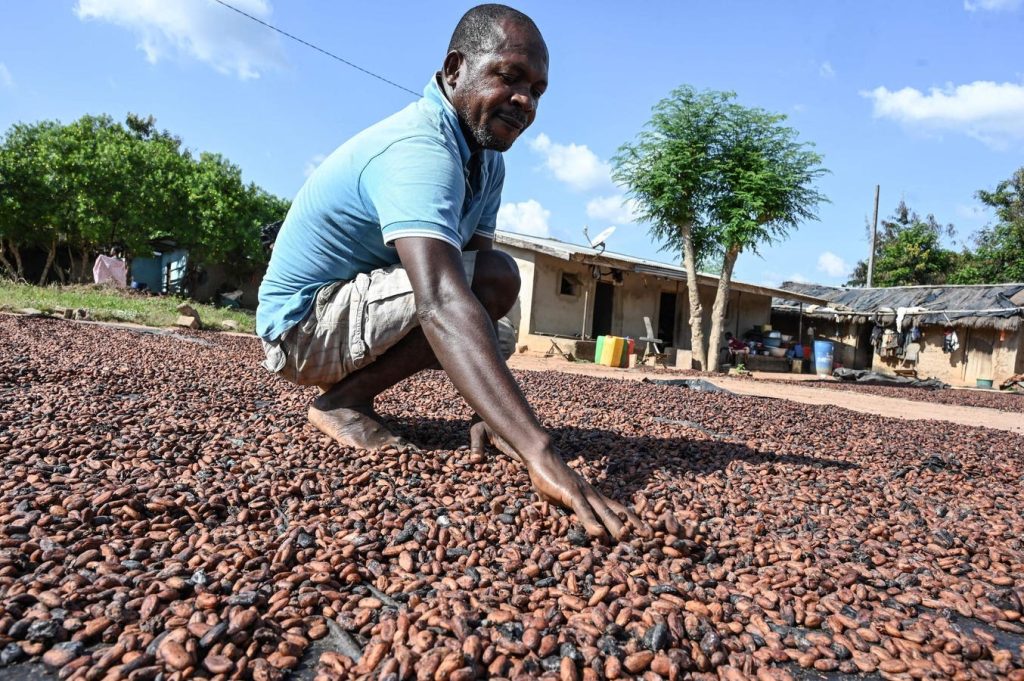The recent significant drop in cocoa prices, reaching $7,175 per metric ton after a dip of $1,700, has brought attention to the economies of key cocoa-producing nations, Ghana and Ivory Coast. This shift in cocoa market prices is not just a short-term trend but reflects broader economic, environmental, and societal changes that are influencing the cost of cocoa and its impact on these important producing countries. The latest slide in cocoa prices was the largest single-day drop since 1980, amidst a period of volatility that had previously seen prices soar to record highs due to supply disruptions like heavy rains and diseases.
Cocoa plays a vital role in the economies of Ivory Coast and Ghana, with cocoa accounting for around 15% of Ivory Coast’s GDP and 2-3% of Ghana’s GDP. Fluctuating international cocoa prices have a significant impact on the livelihoods of many individuals who rely on cocoa farming for their income. Ivory Coast and Ghana are major players in the global cocoa industry, with Ivory Coast being the world’s top cocoa producer, contributing 45% to the global supply but receiving only a small fraction of the chocolate industry’s profits. Both countries are dealing with challenges such as adverse weather affecting production, with Ivory Coast aiming to increase production to 2 million tons by 2025 despite a projected drop in the upcoming season.
The economic consequences of fluctuating cocoa prices are significant in Ghana and Ivory Coast, where cocoa is a crucial export commodity. In response to declining yields and market volatility, both governments have raised farm gate prices – by 50% in Ivory Coast and 58.26% in Ghana. However, the dependency on cocoa exports poses challenges for local economies, affecting foreign reserves and trading firms. J.P. Morgan predicts that cocoa prices will remain elevated but could decrease slightly over the medium term, stabilizing around $6,000 as climate patterns potentially improve cocoa yields. However, challenges such as loss of cocoa trees and higher production costs related to sustainability may prolong the period of high cocoa prices.
The reality for most cocoa farming families in Ivory Coast is one of poverty, with millions of cocoa farmers living on an average of just $0.78 a day. As cocoa market fluctuations continue, the impacts extend beyond trading floors, affecting the lives of farmers in Ghana and Ivory Coast and influencing global chocolate consumption patterns. Despite efforts by governments to mitigate the effects of fluctuating prices, the challenges faced by cocoa-dependent economies highlight the need for sustainable solutions to ensure the livelihoods of cocoa farmers and the stability of these key producing nations.


